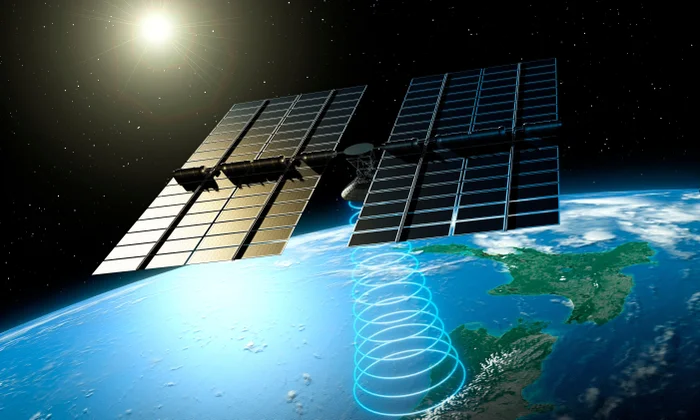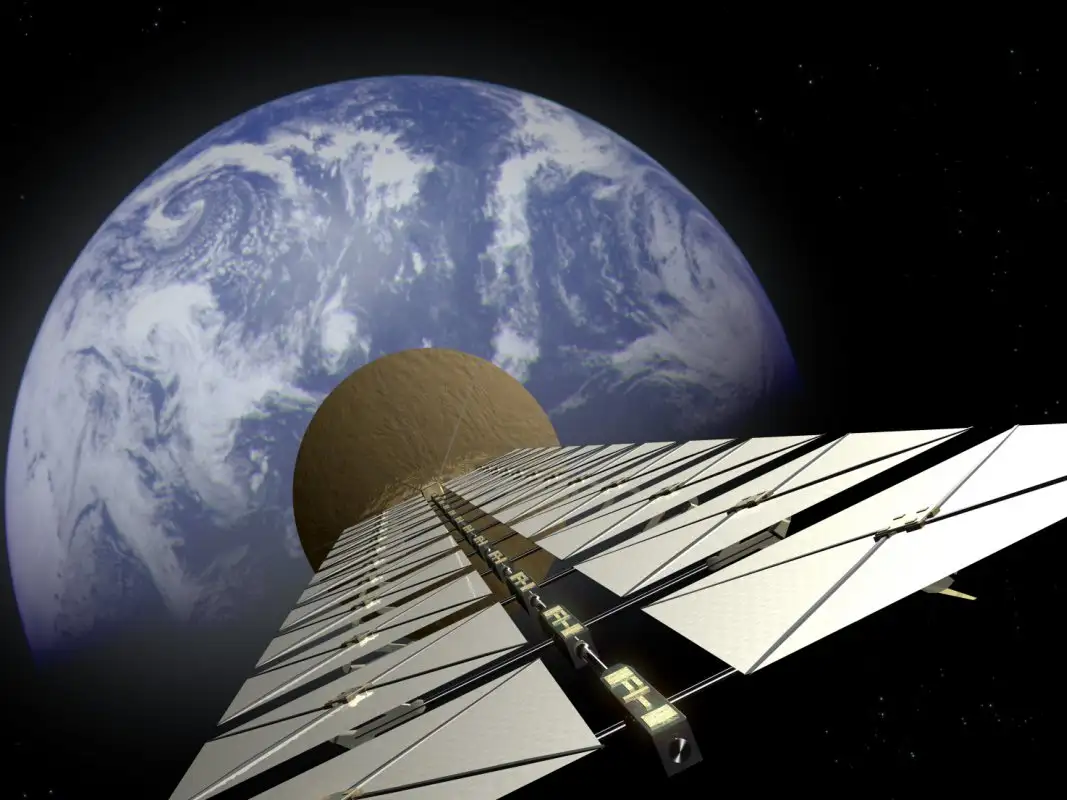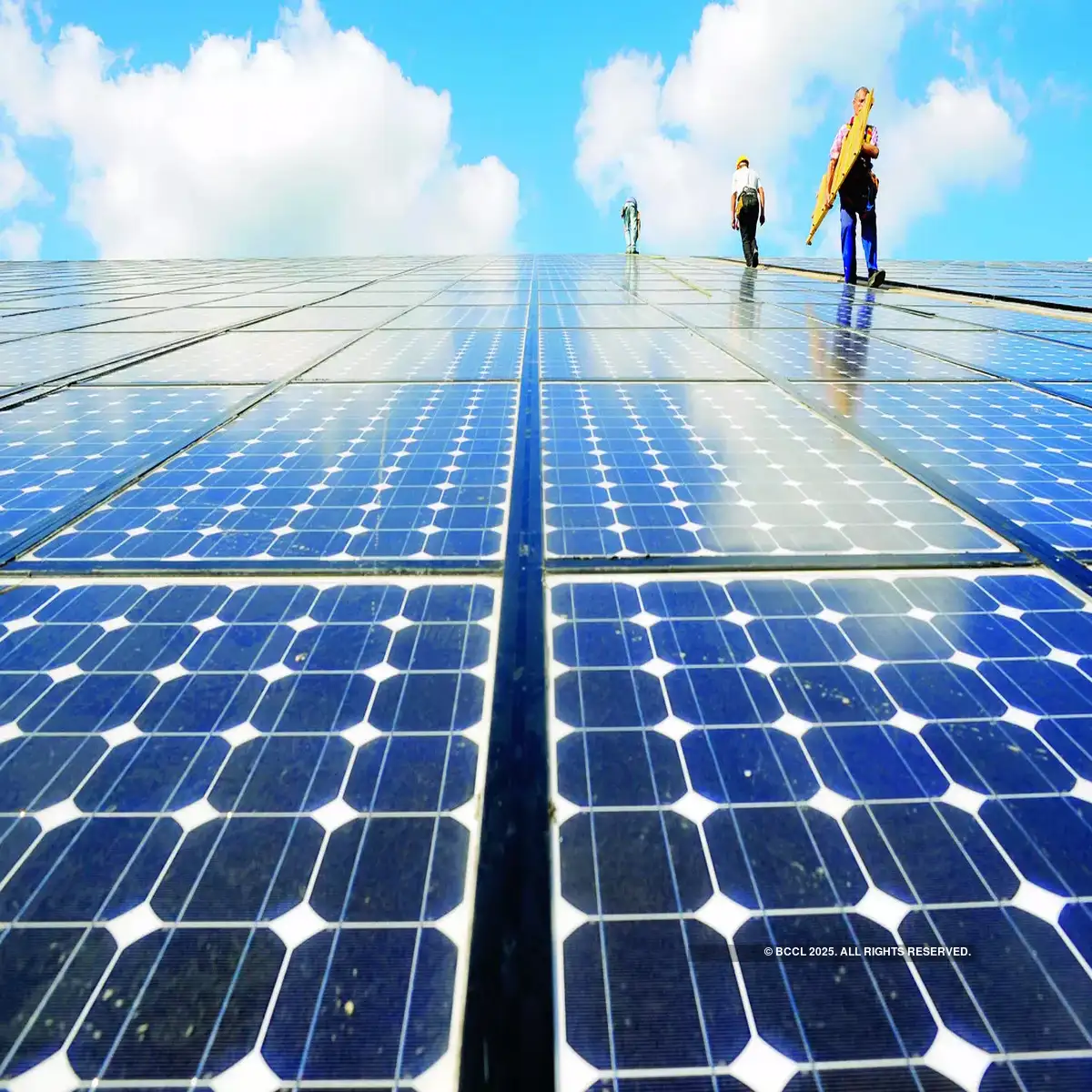For decades, the concept of collecting solar energy in space and transmitting it to Earth seemed like something pulled straight from the pages of a sci-fi novel. But today, space-based solar power (SBSP) is gaining momentum, with real-world research, prototypes, and policy interest pushing it closer to becoming a viable solution for ou
For decades, the concept of collecting solar energy in space and transmitting it to Earth seemed like something pulled straight from the pages of a sci-fi novel. But today, space-based solar power (SBSP) is gaining momentum, with real-world research, prototypes, and policy interest pushing it closer to becoming a viable solution for our global energy challenges. So, is SBSP still a far-off dream, or are we on the verge of a clean energy revolution launched from orbit?


Space-based solar power involves placing solar panels on satellites or space stations that orbit Earth and capture solar energy 24/7. Unlike ground-based solar panels, these collectors aren’t affected by cloud cover, nighttime, or weather conditions. The collected energy is then converted into microwaves or laser beams, beamed down to a receiving station on Earth, and converted into usable electricity.
Here’s what makes SBSP incredibly promising:
SBSP is no longer theoretical. Here’s a look at what’s happening:
Despite its promise, space-based solar power isn’t without hurdles:

As the world races to decarbonize, SBSP offers an infinite, renewable, and globally distributable power source. It could complement Earth-based renewables, reduce fossil fuel dependency, and even power lunar or Martian colonies in the future.
With rapid advancements in space technology, robotics, and energy transmission, the dream of solar power from space is no longer confined to science fiction. International collaboration, reduced launch costs (thanks to private players like SpaceX), and increased investment in clean energy could bring SBSP online in the next two decades.


Space-Based Solar Power might sound like a bold idea — but with climate urgency mounting and renewable energy demand surging, this once far-fetched concept could become one of Earth’s brightest solutions.